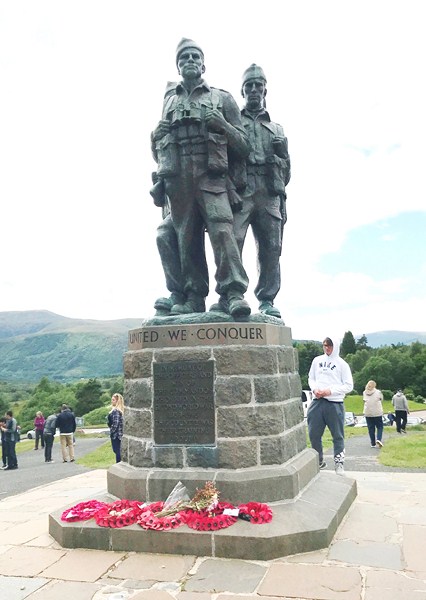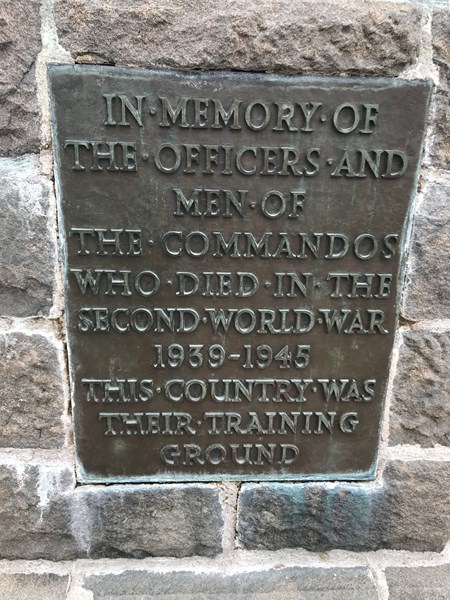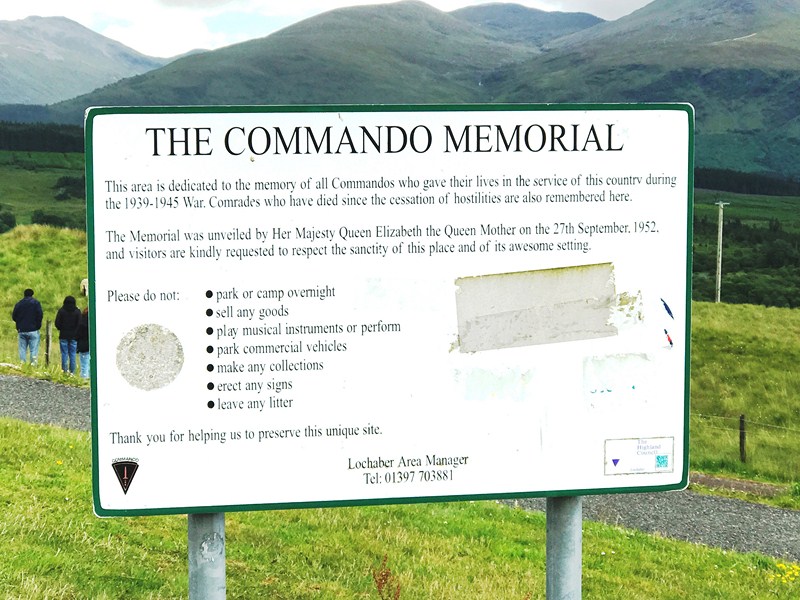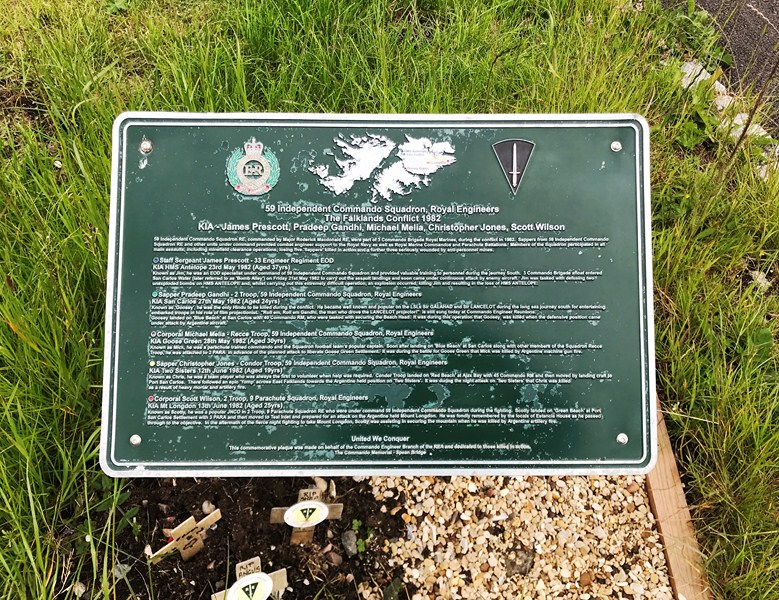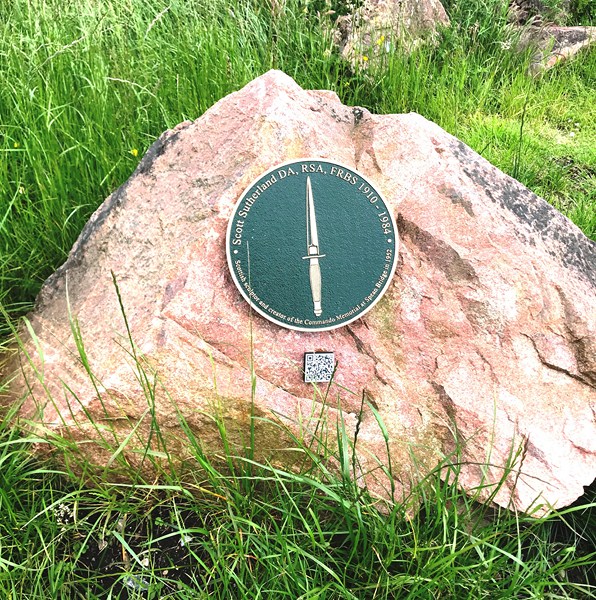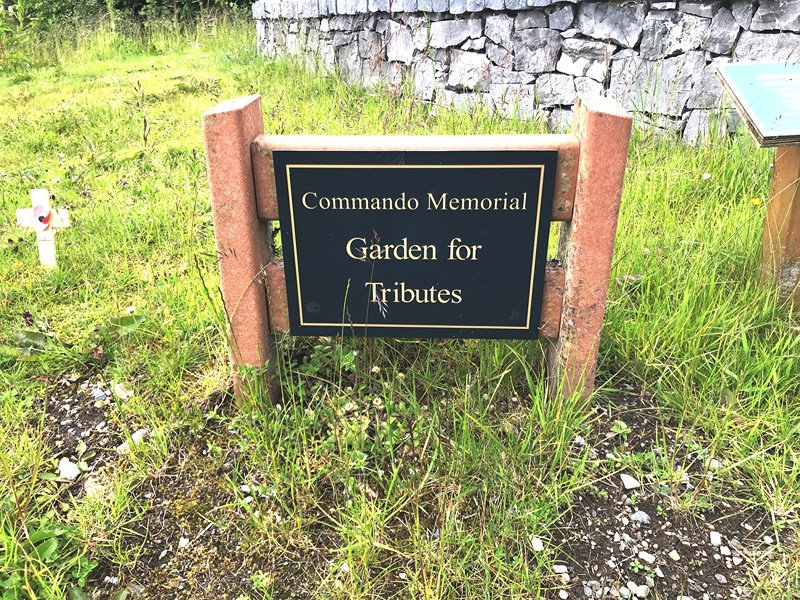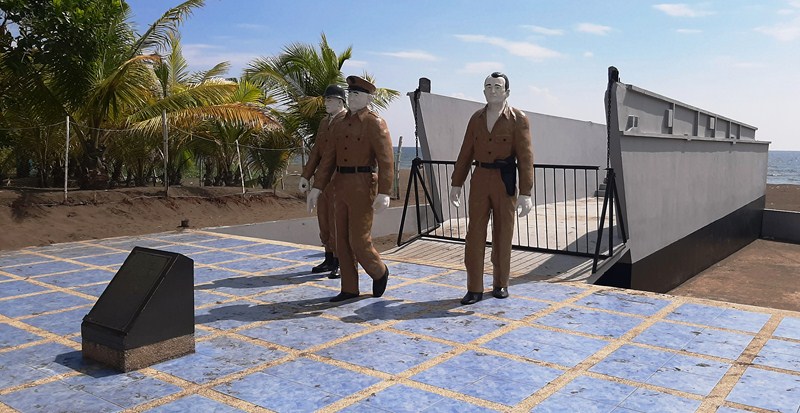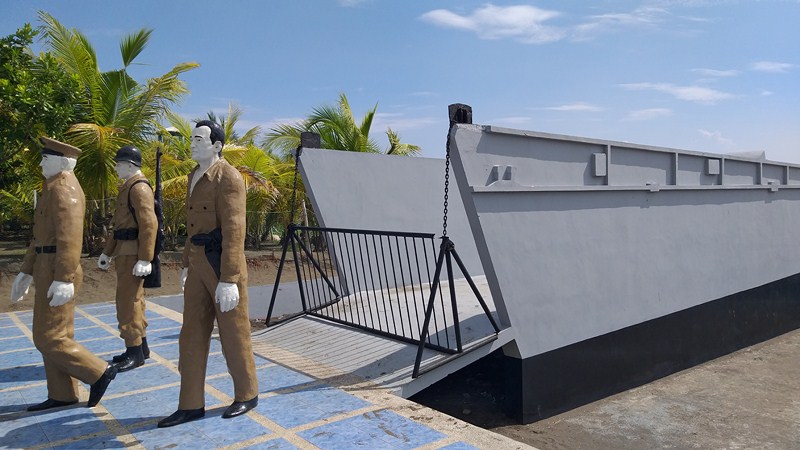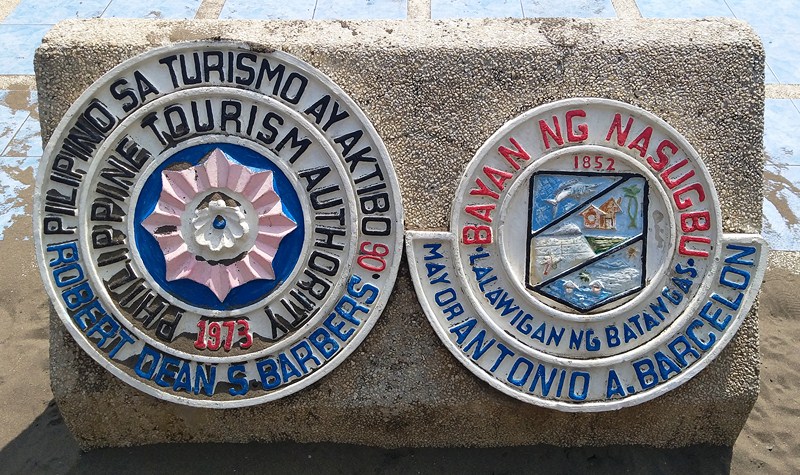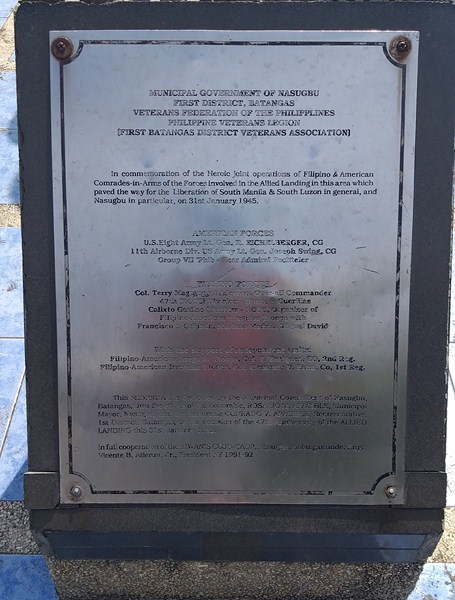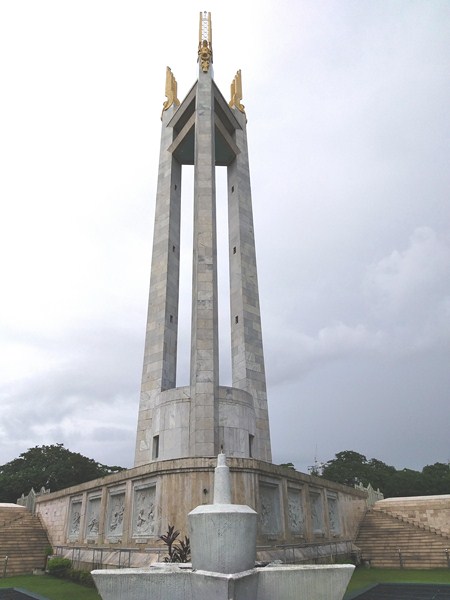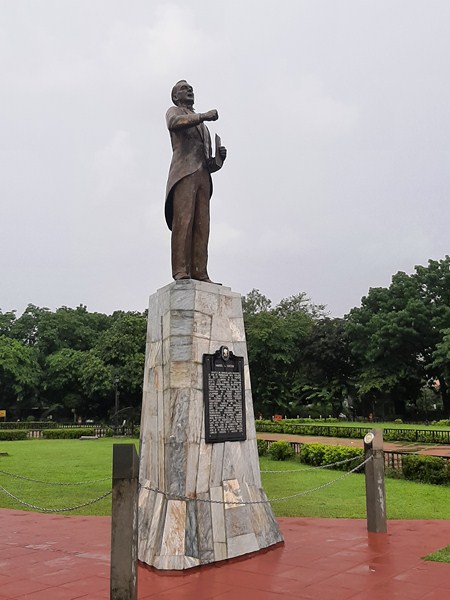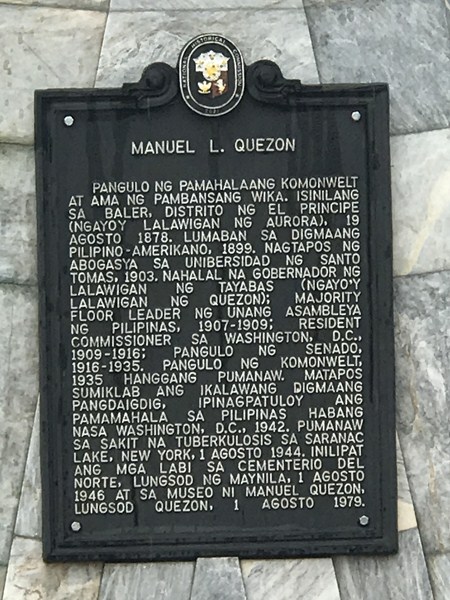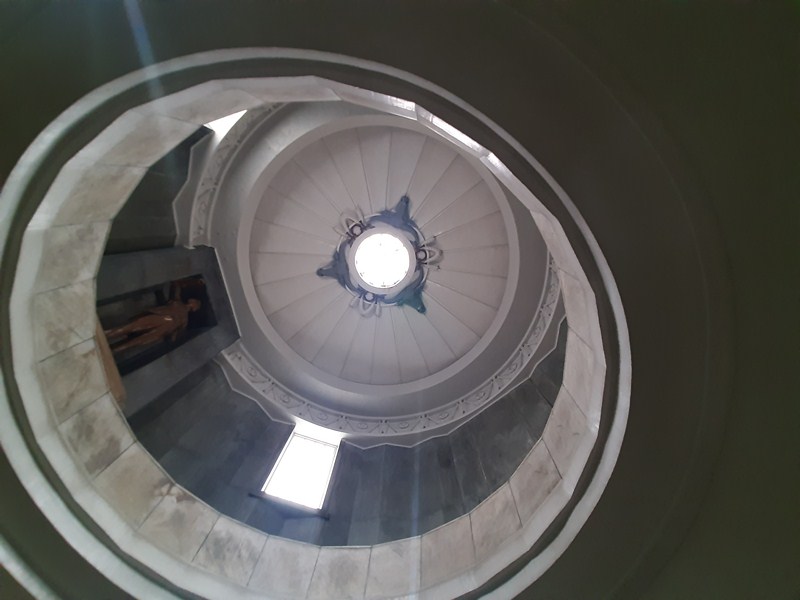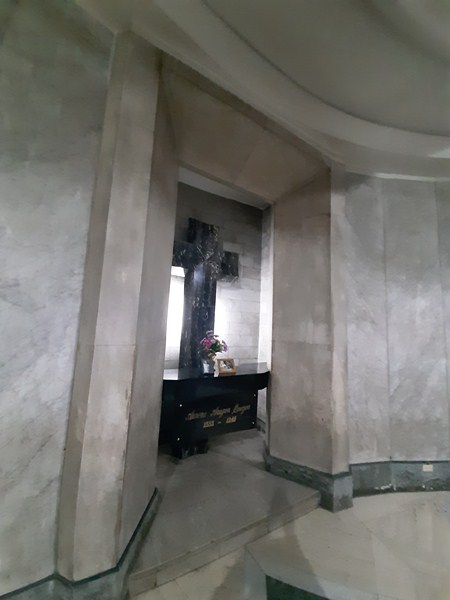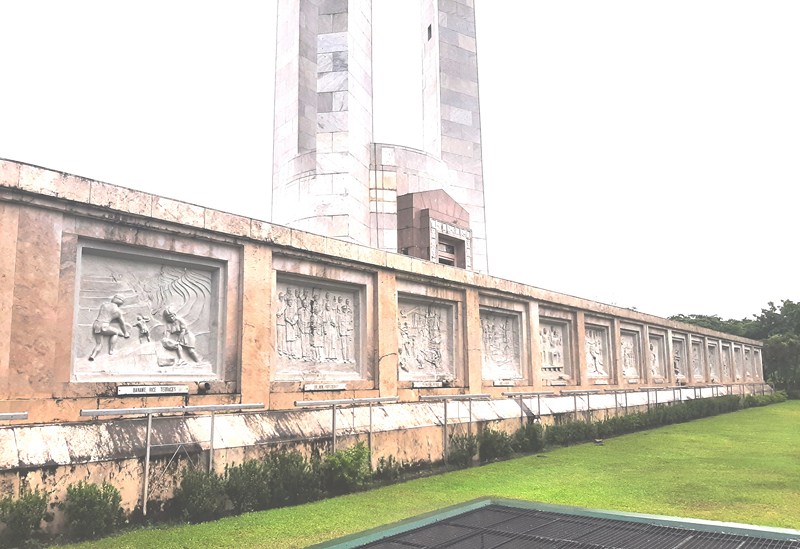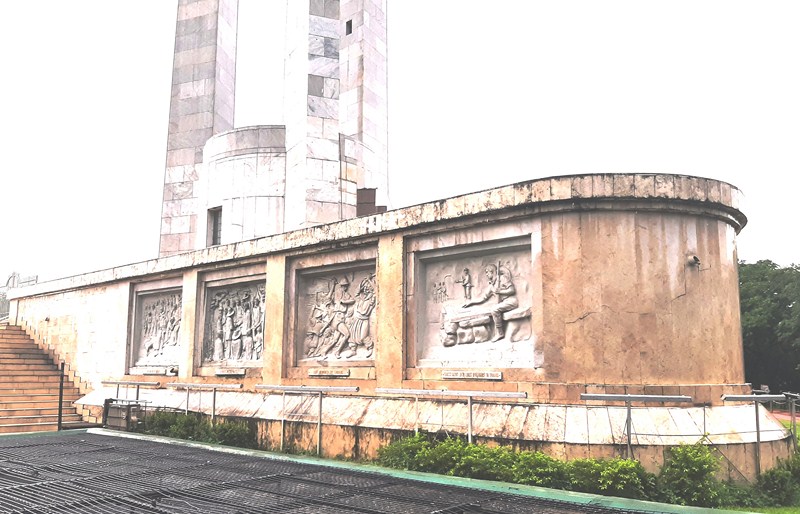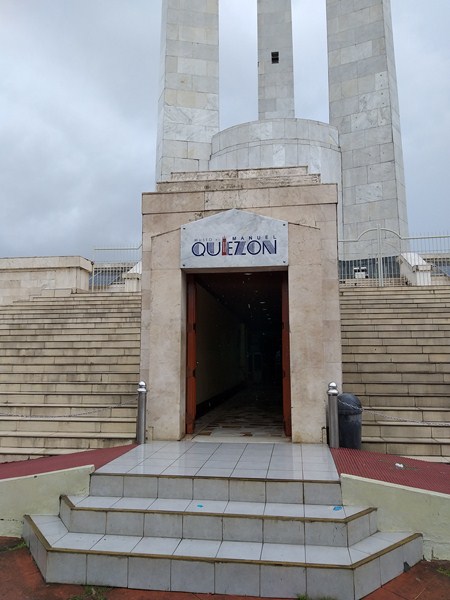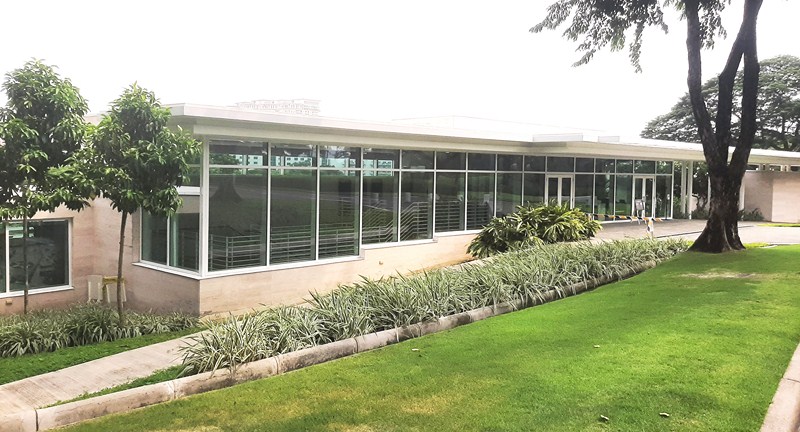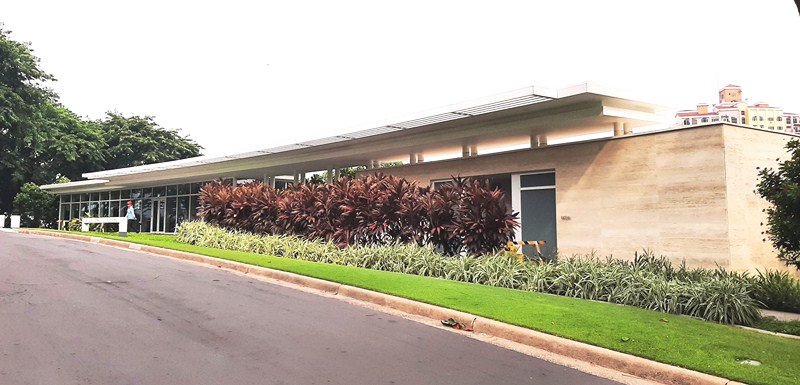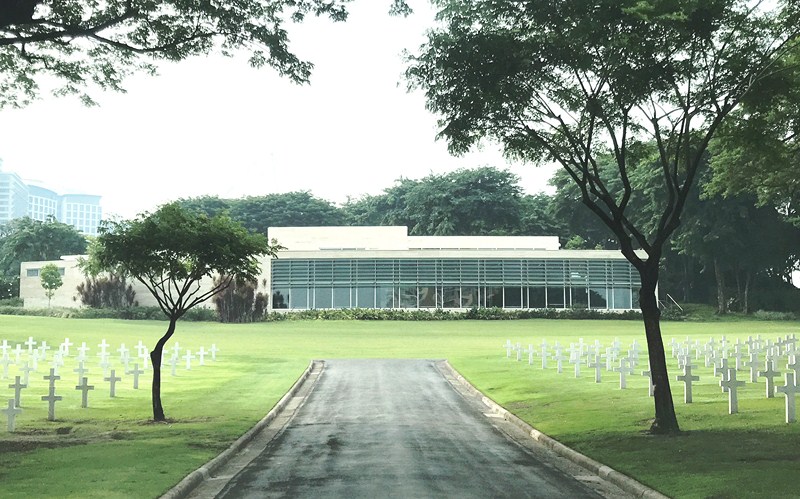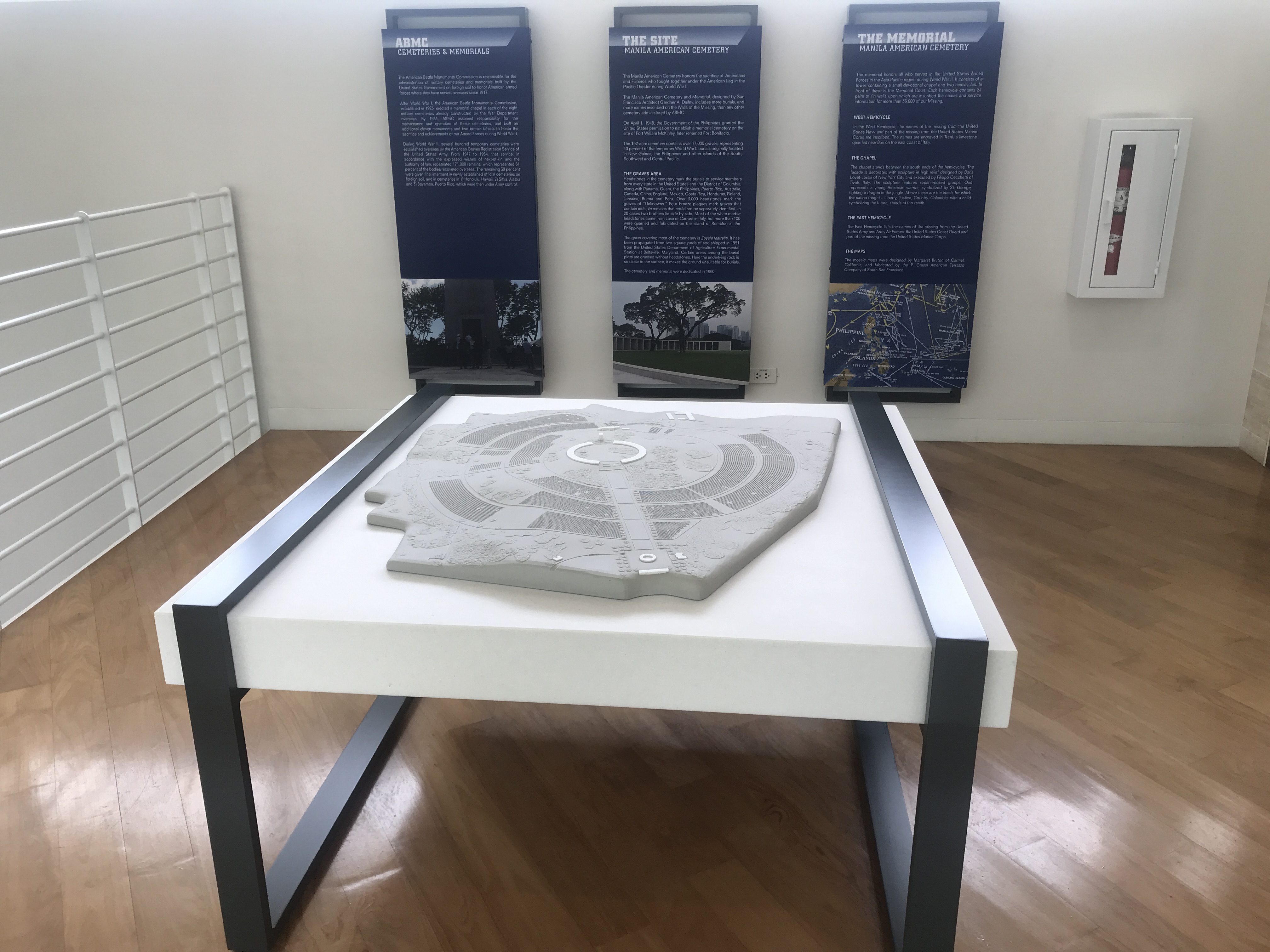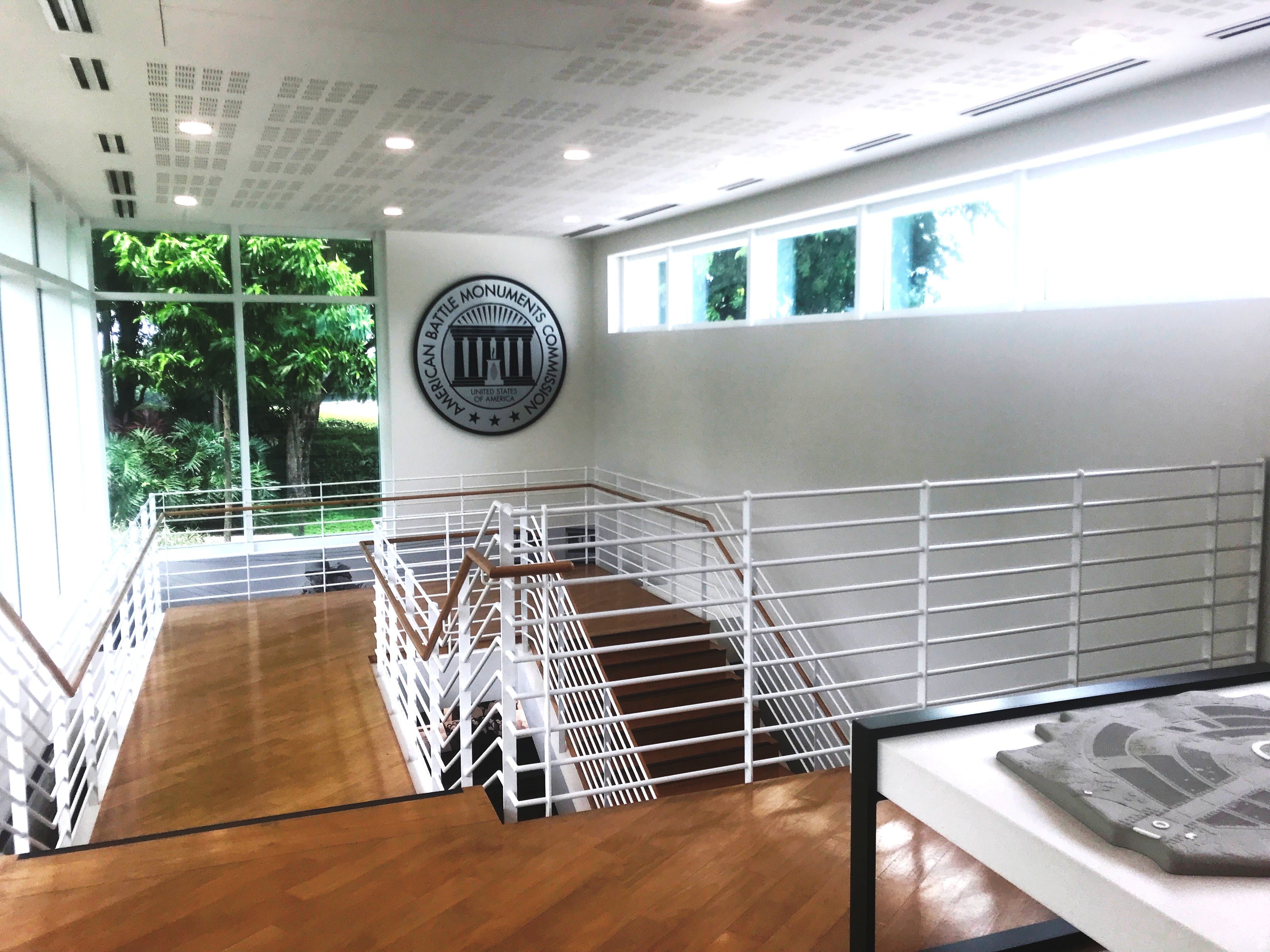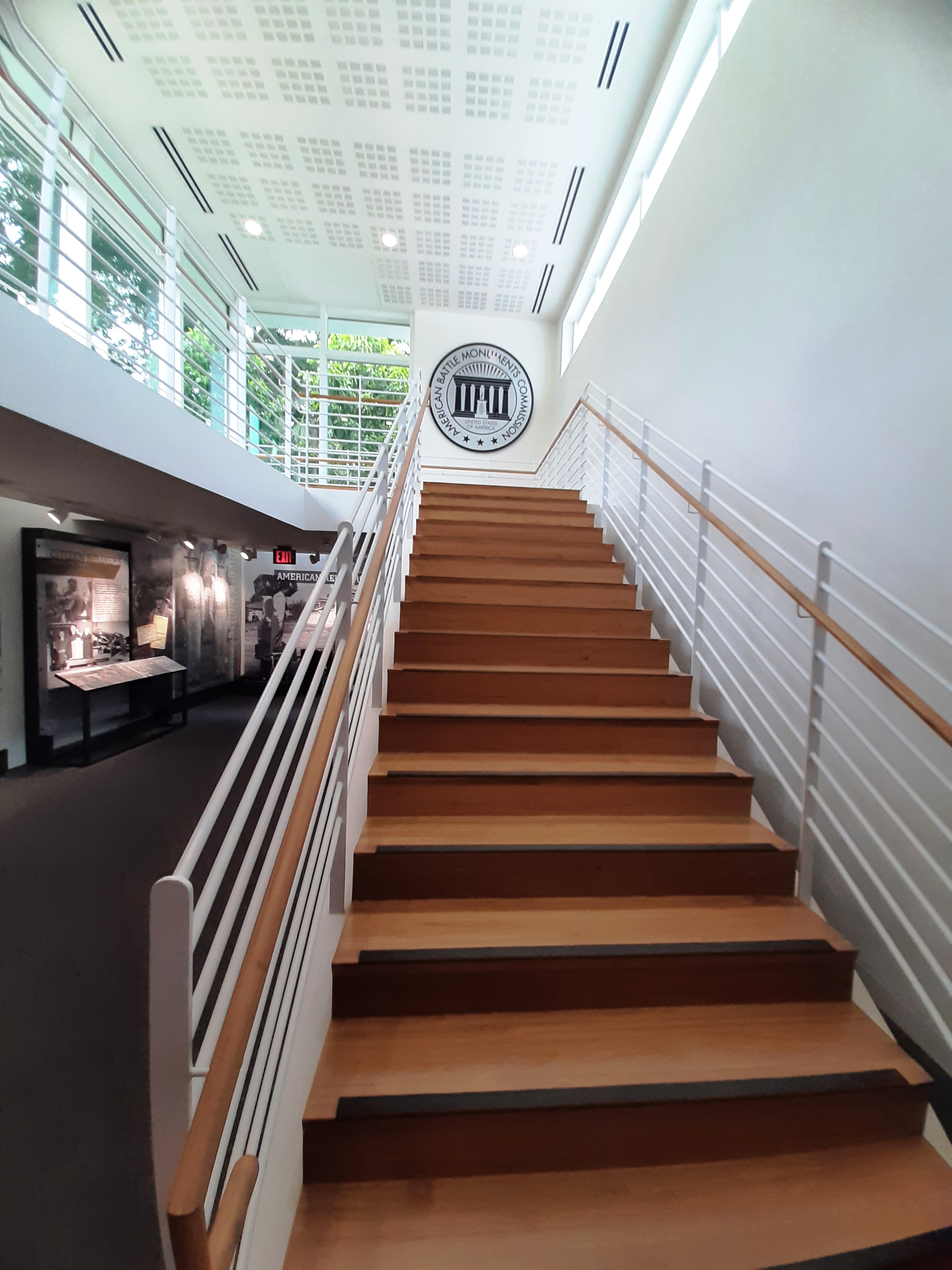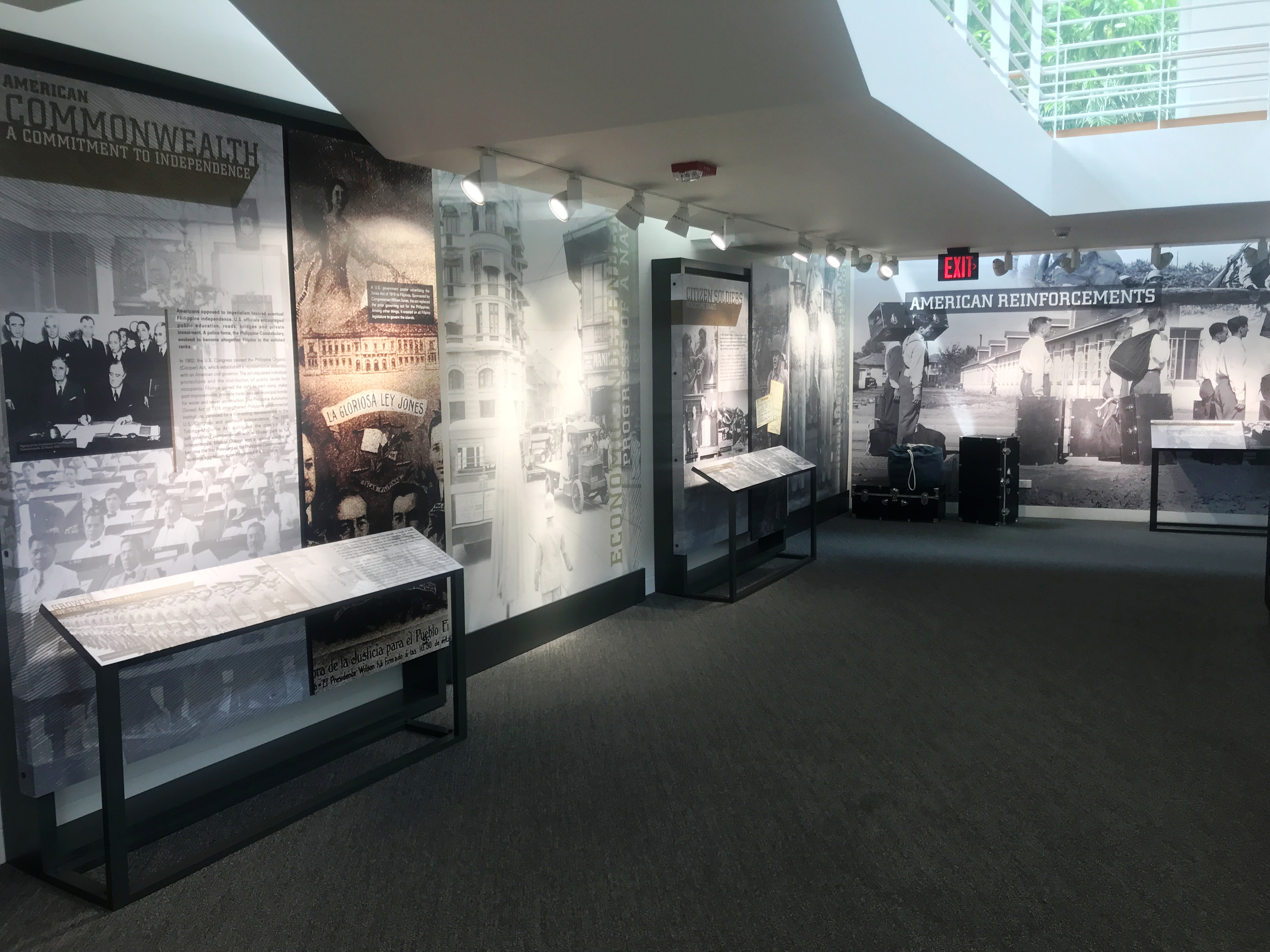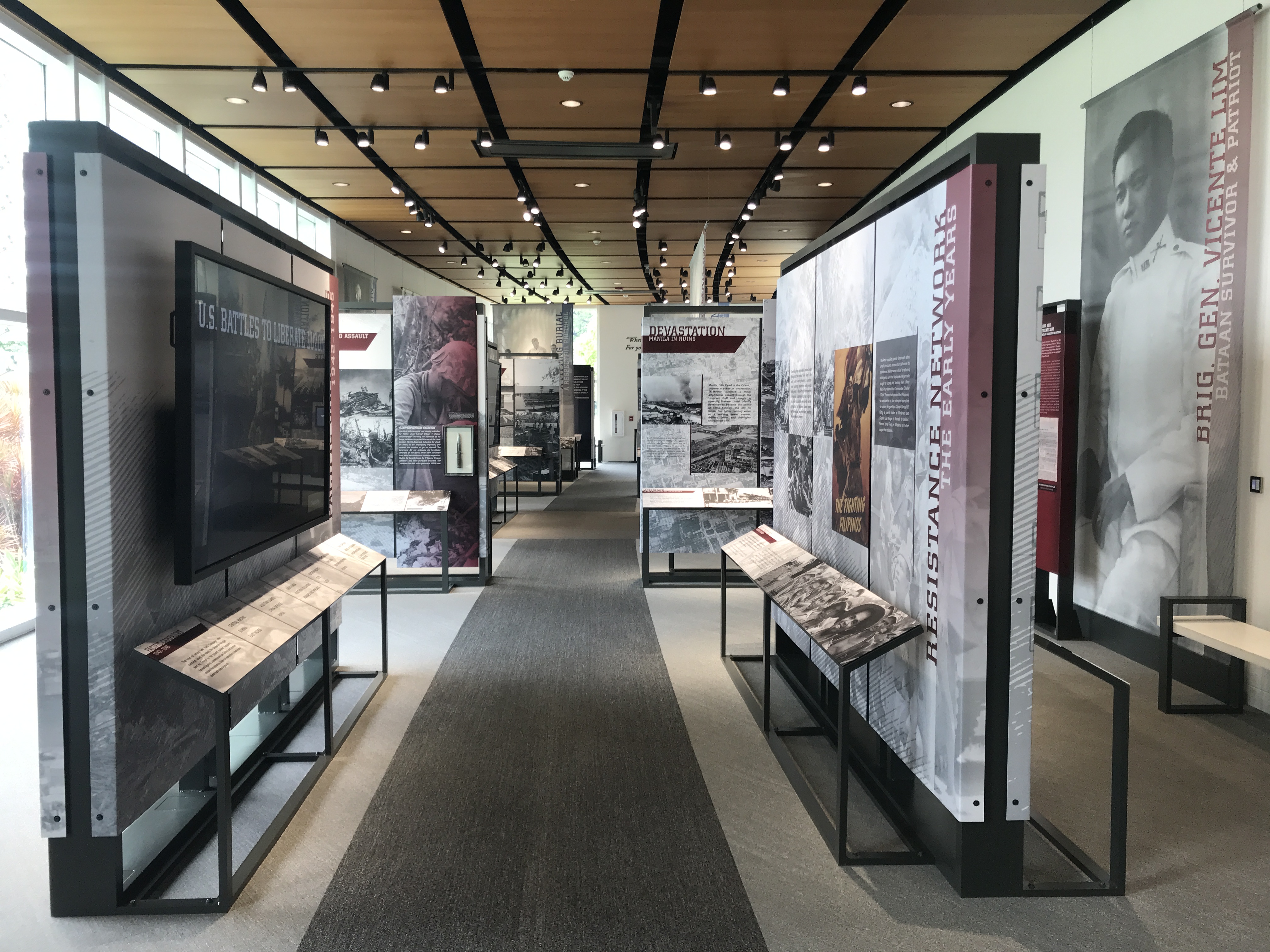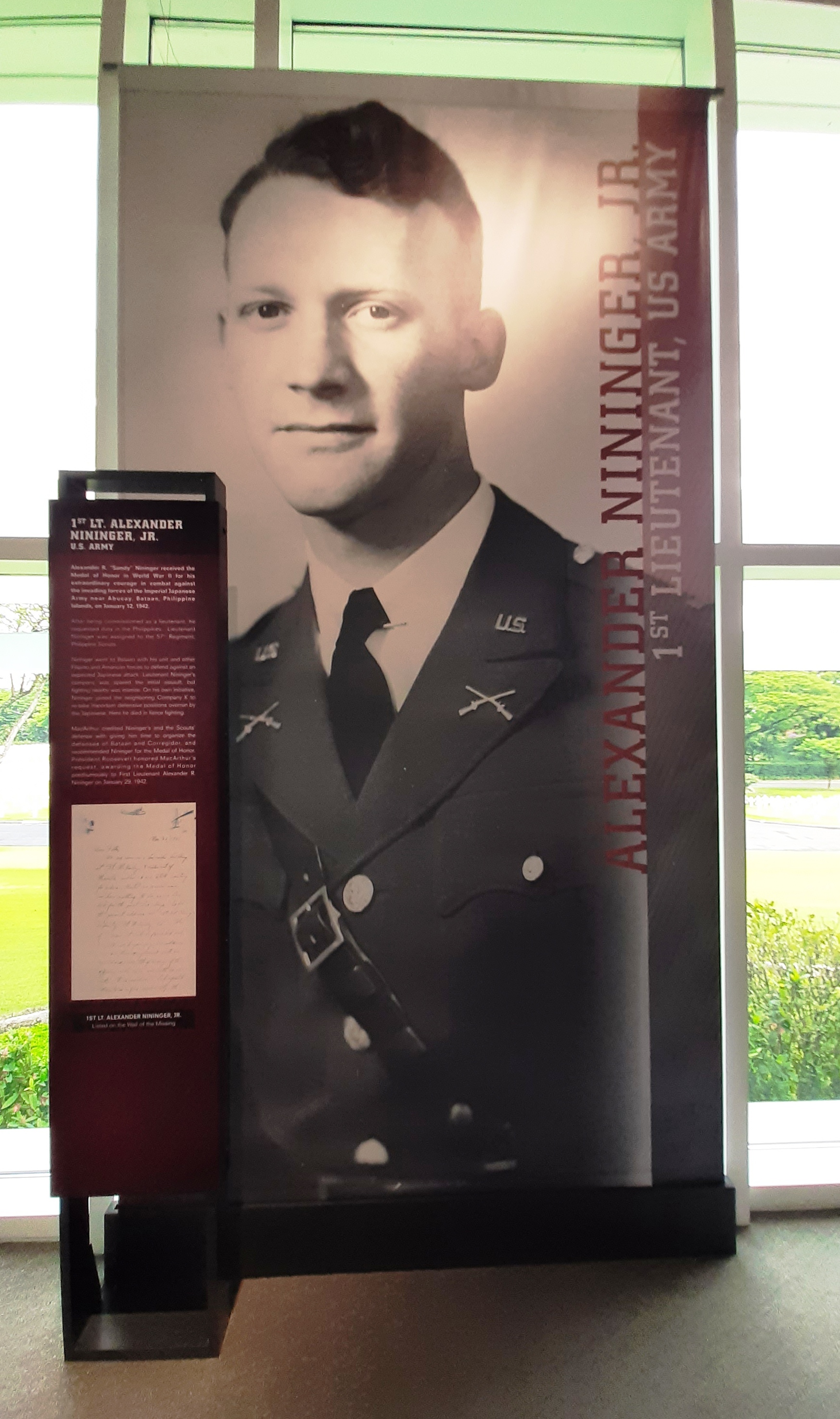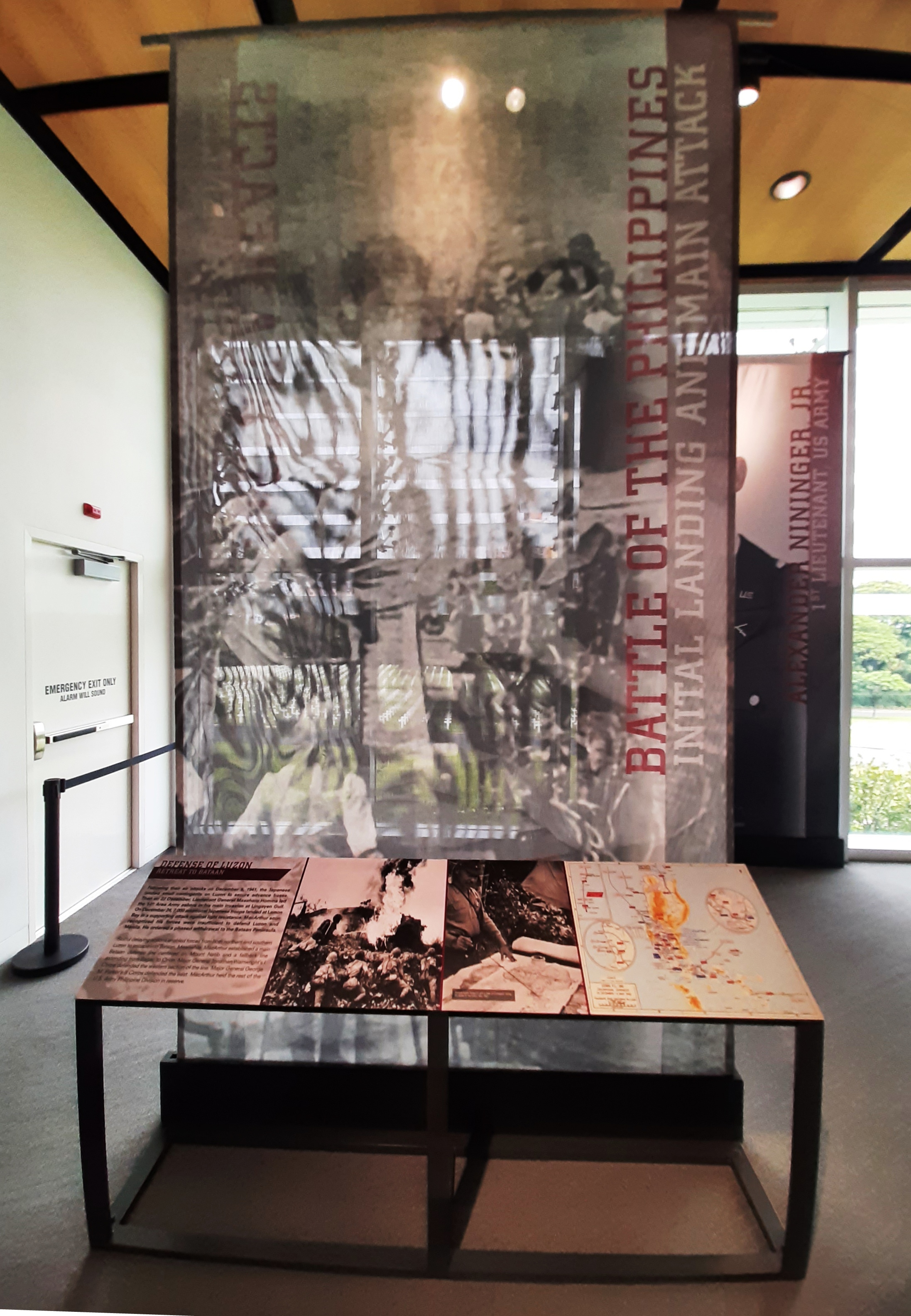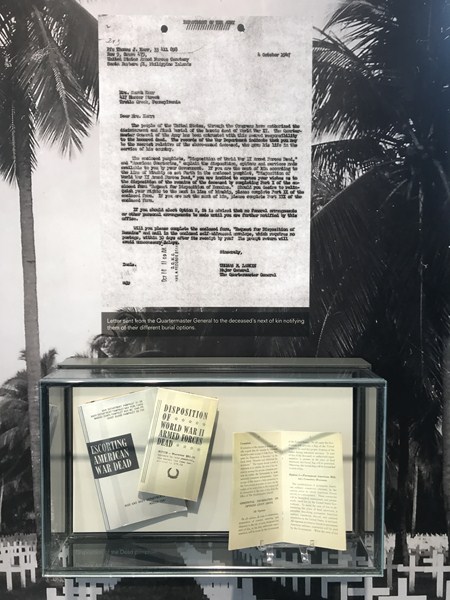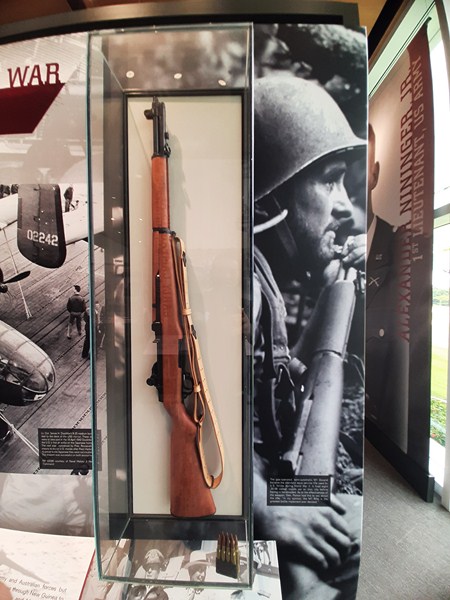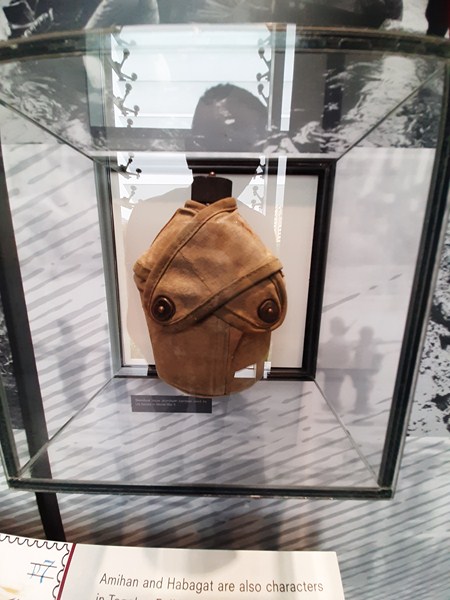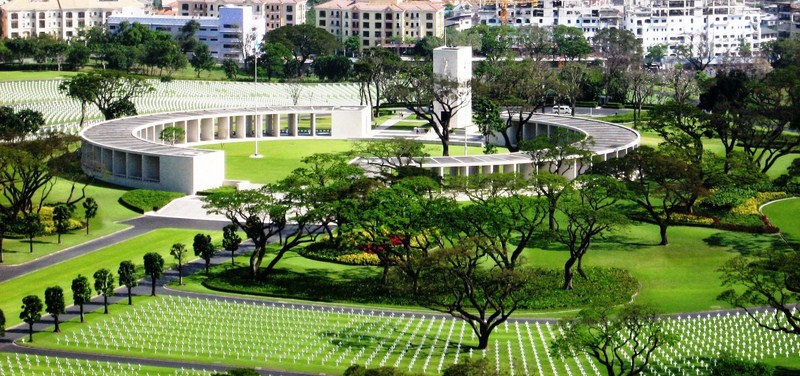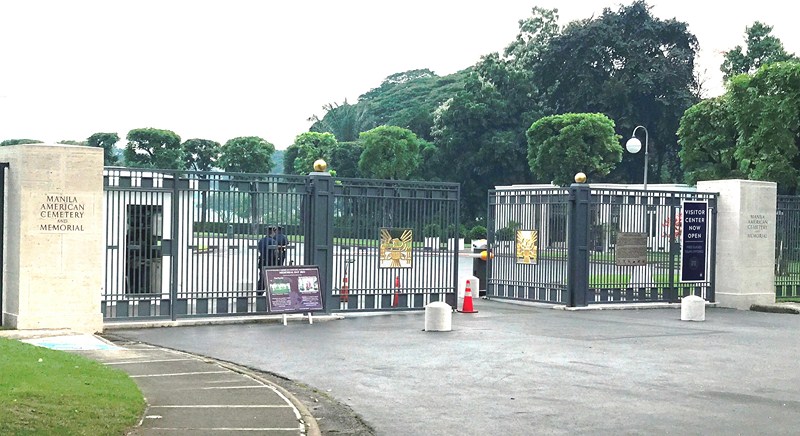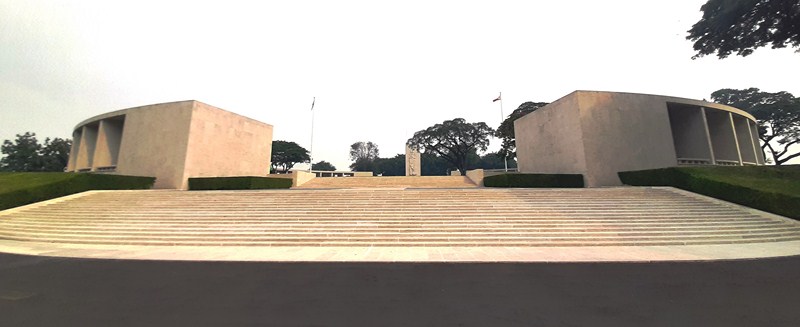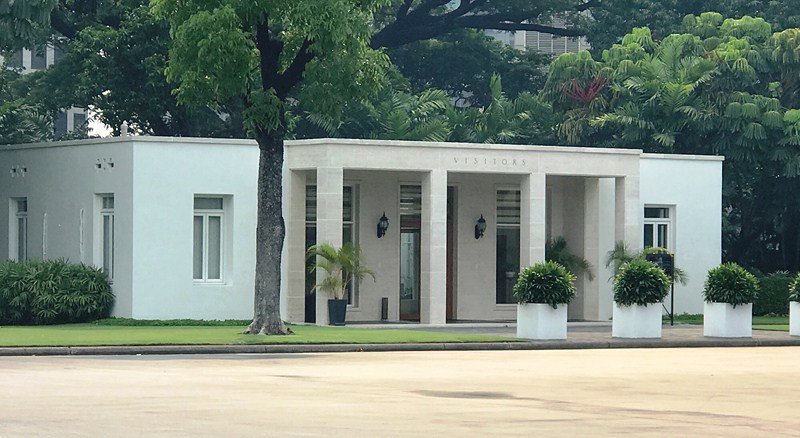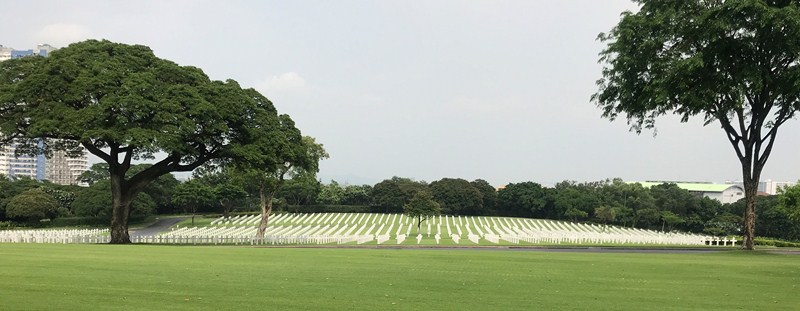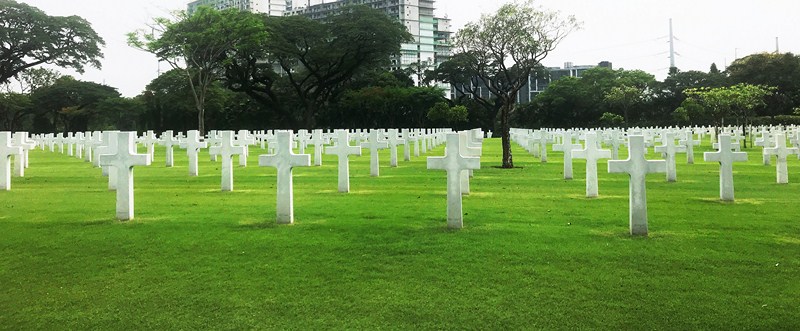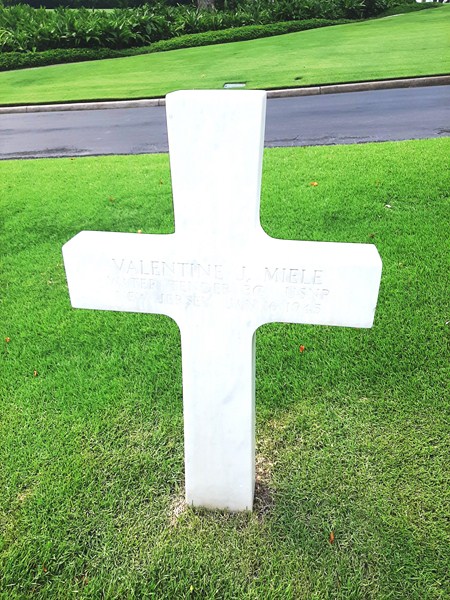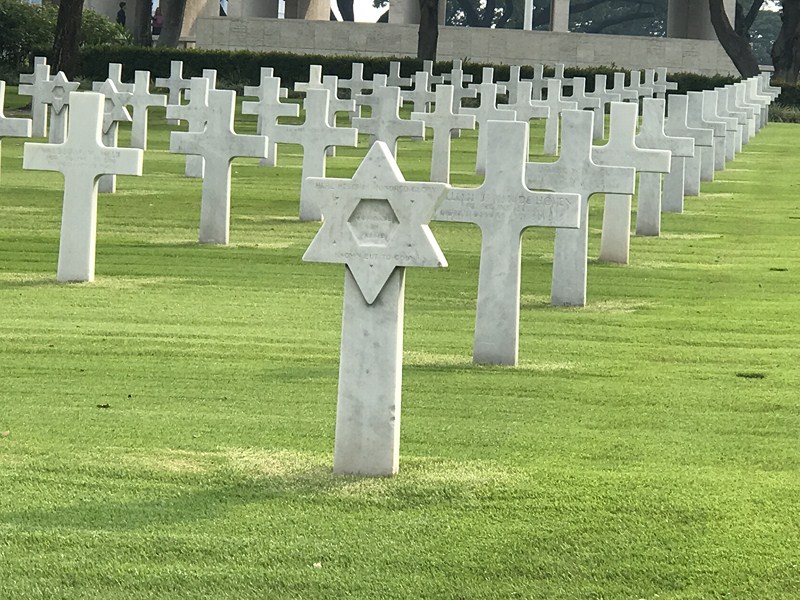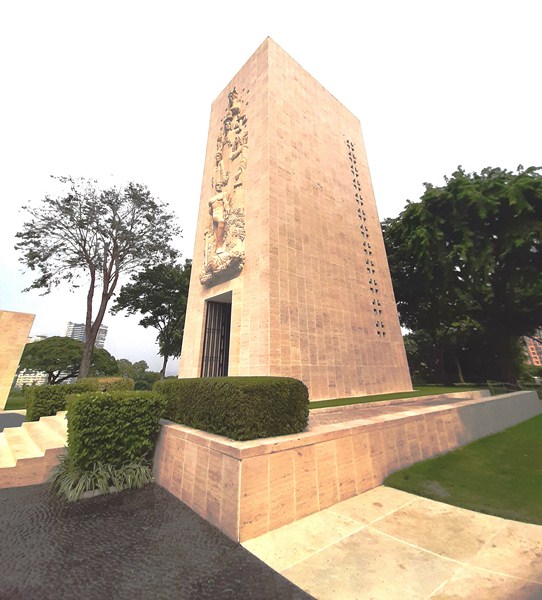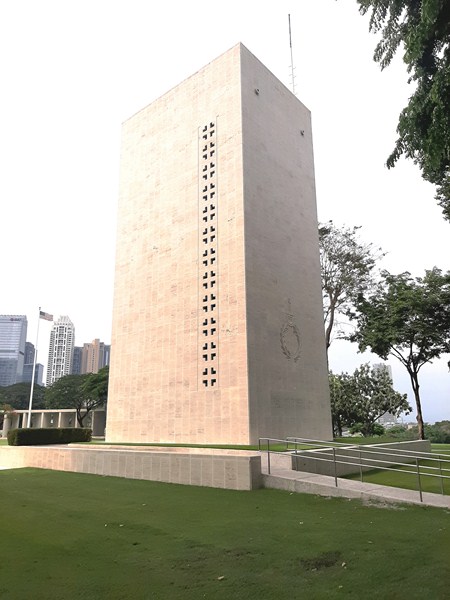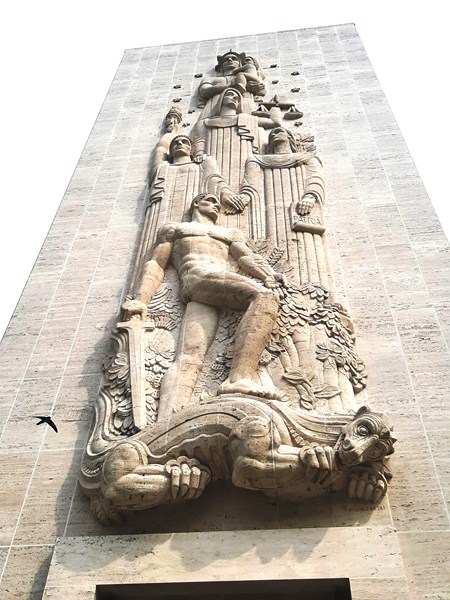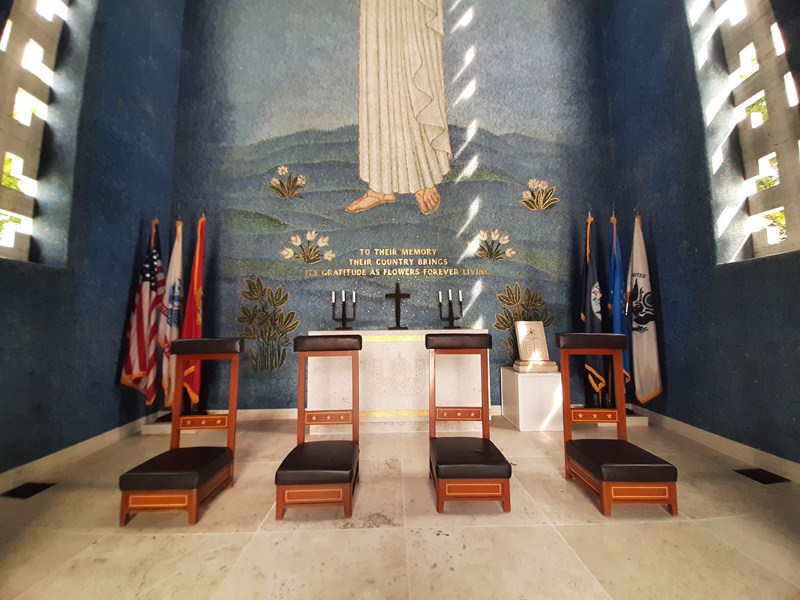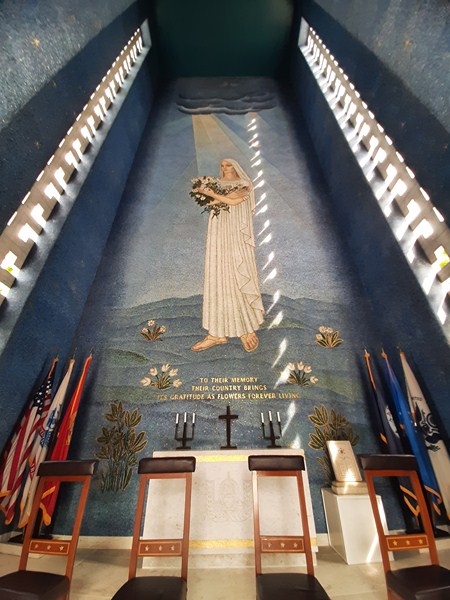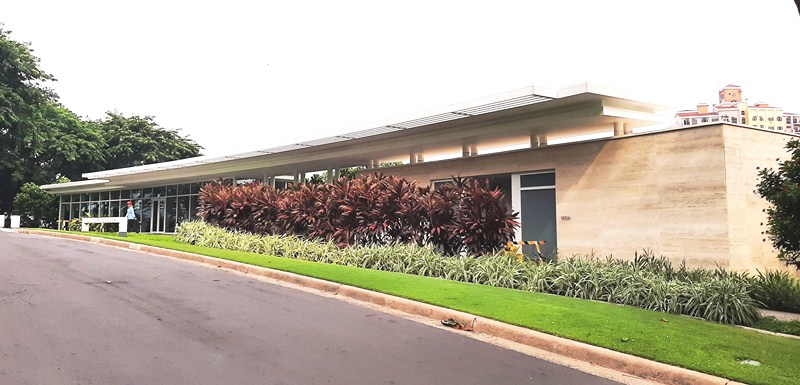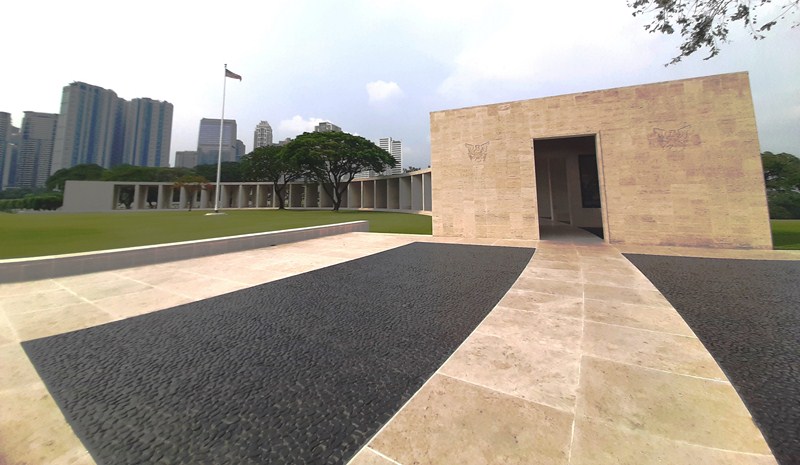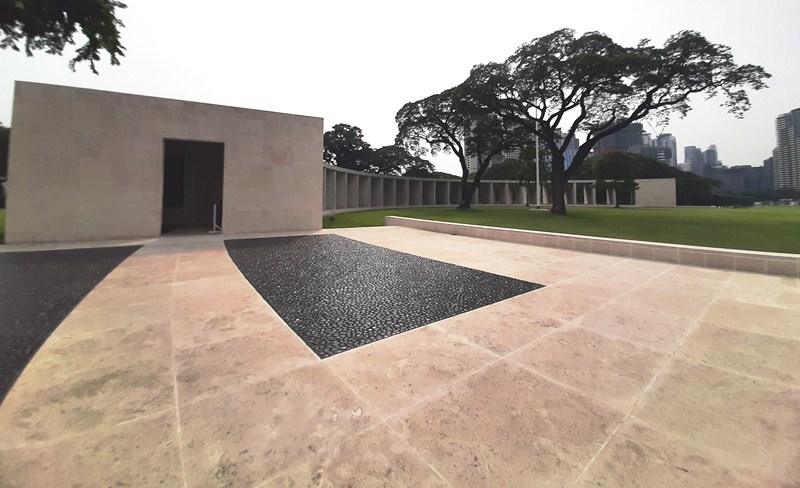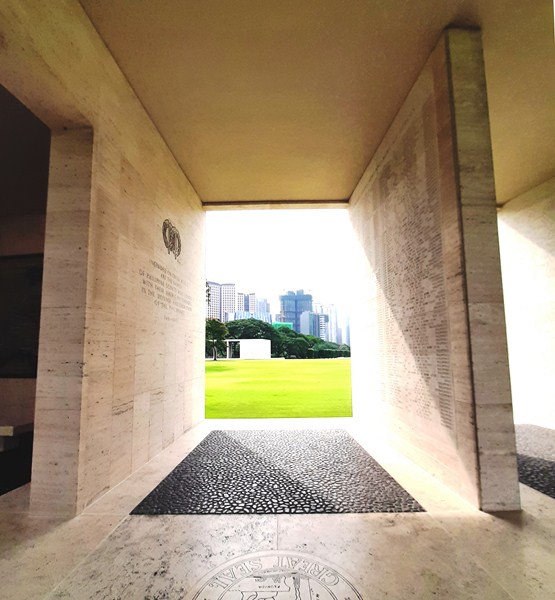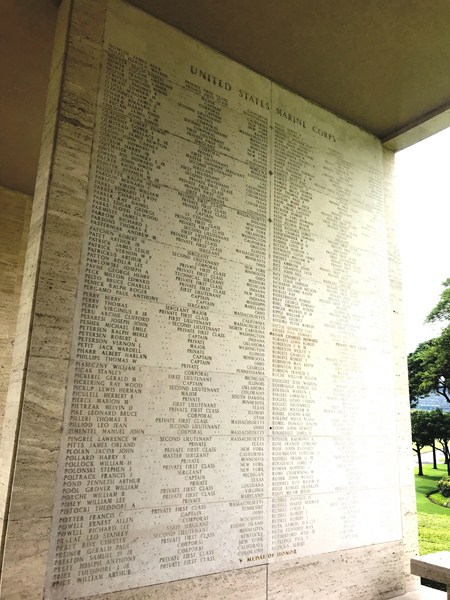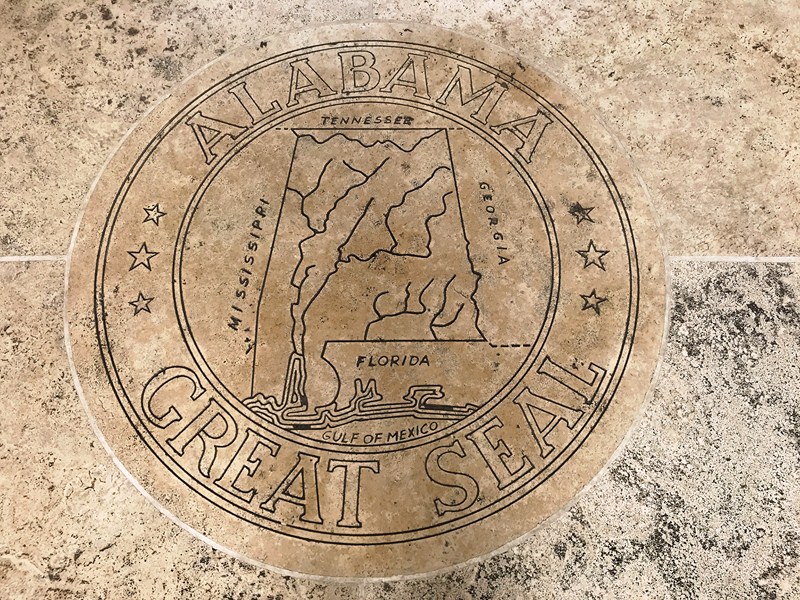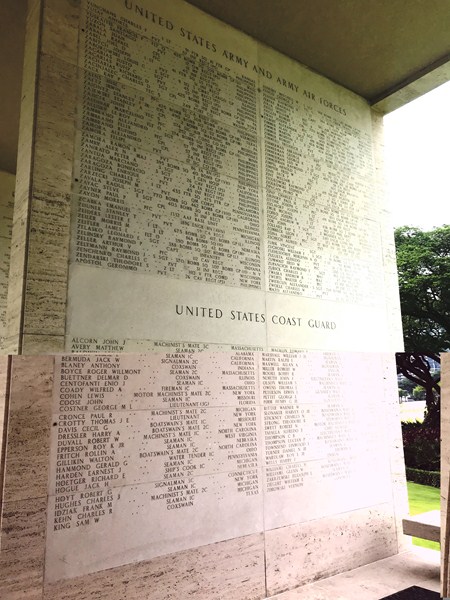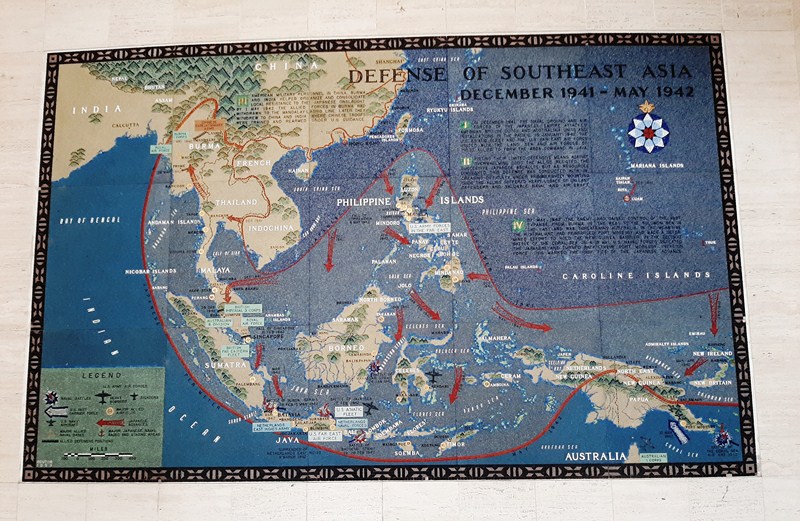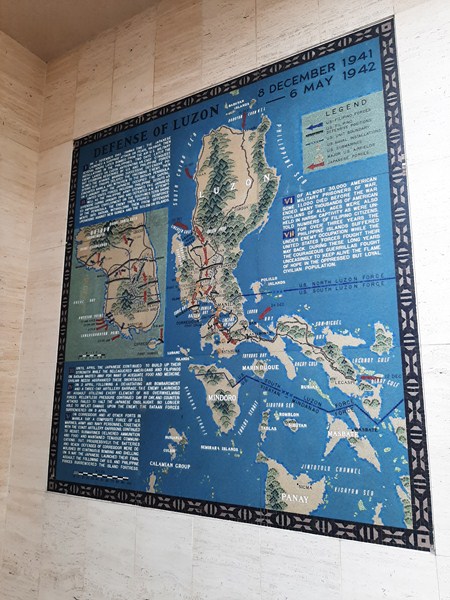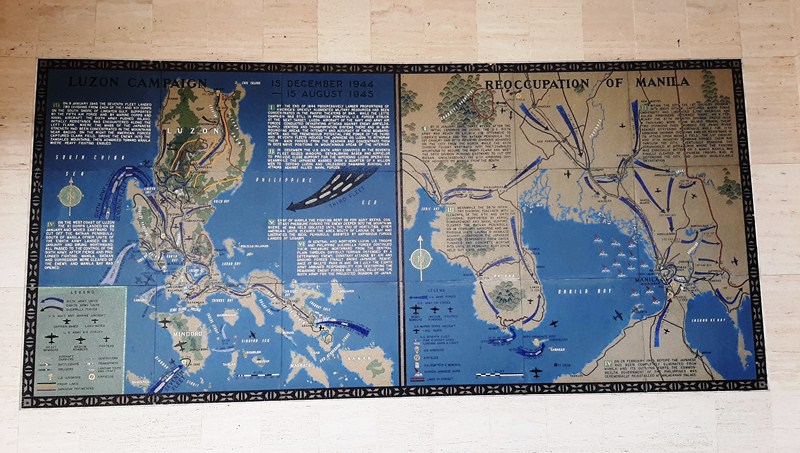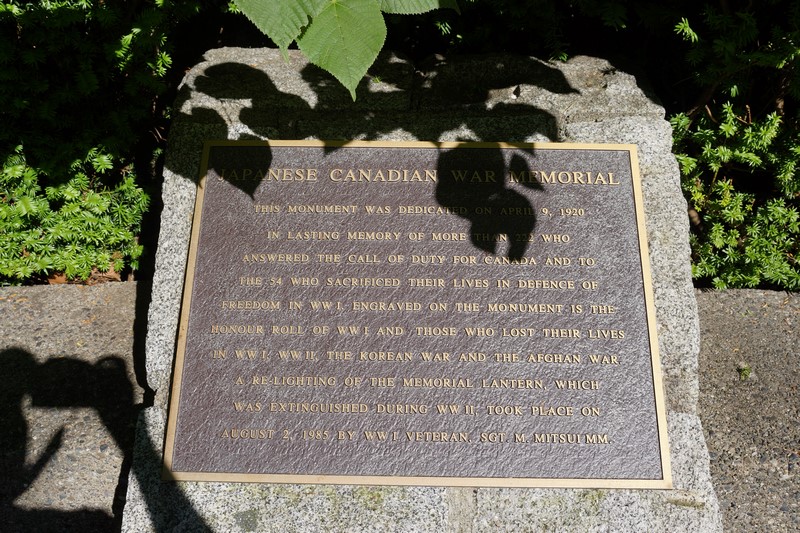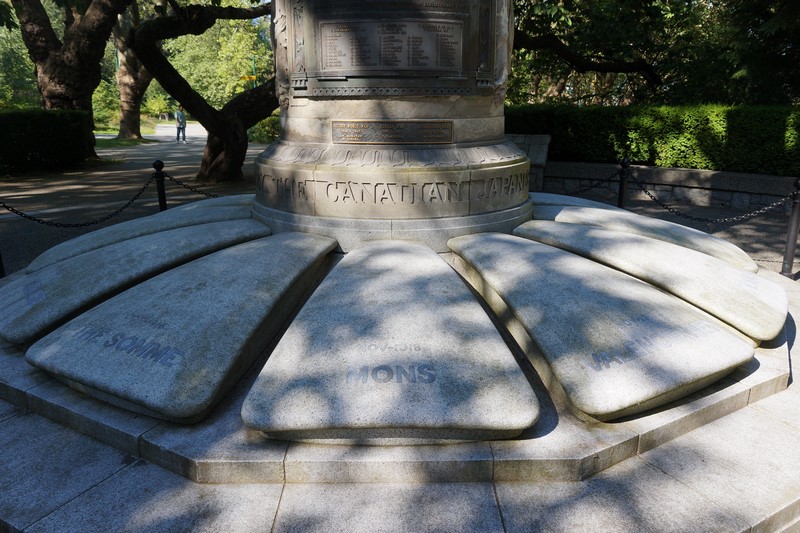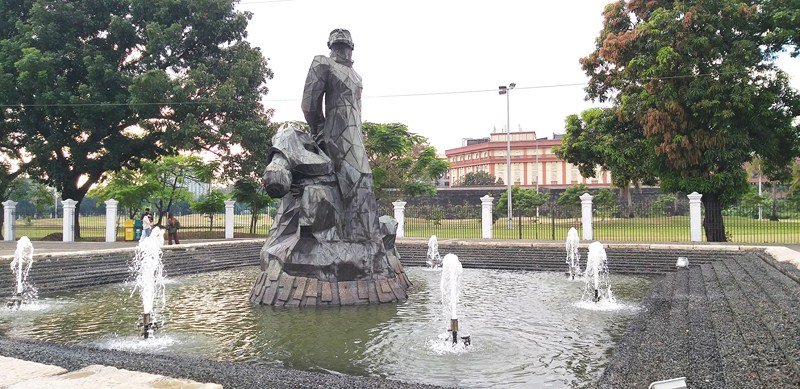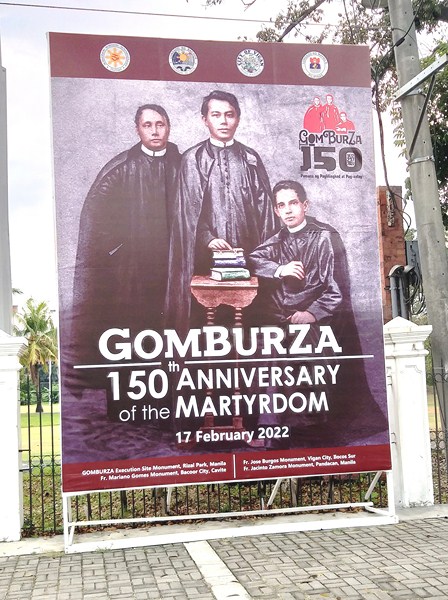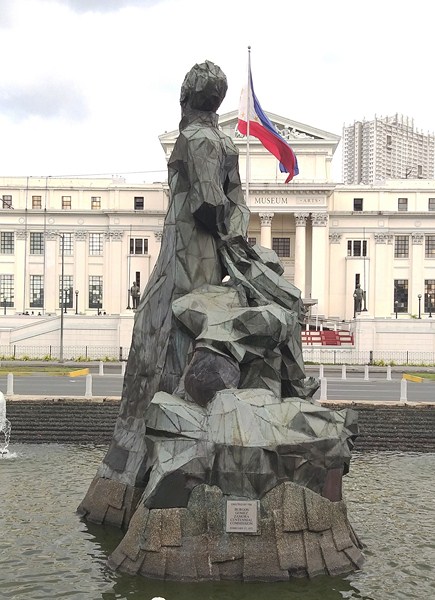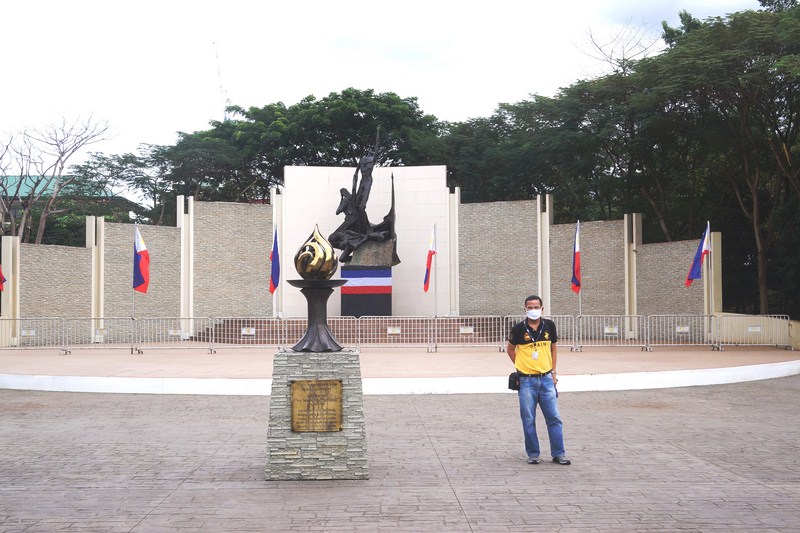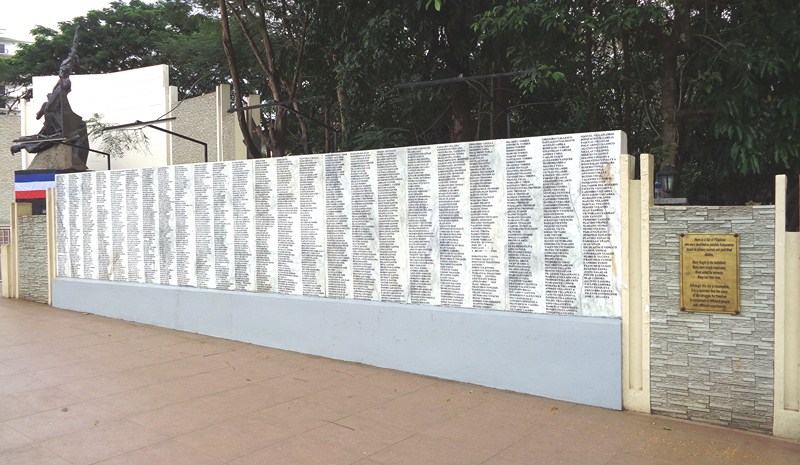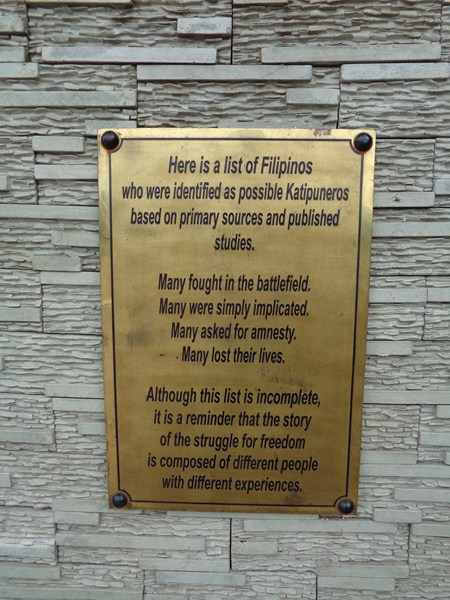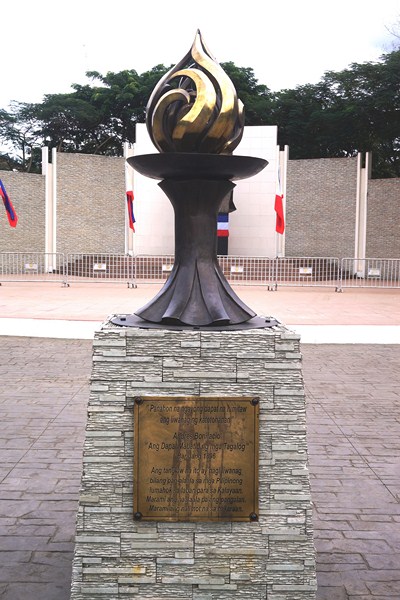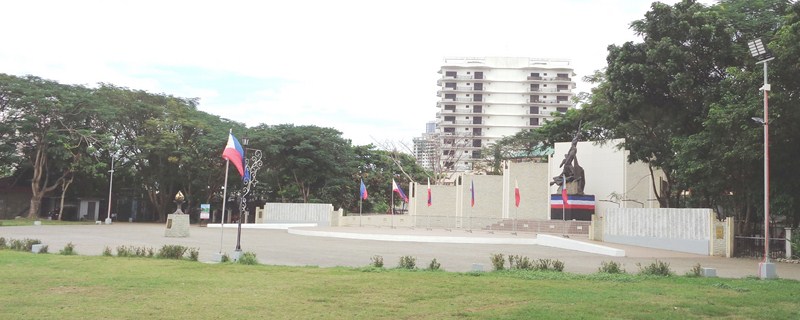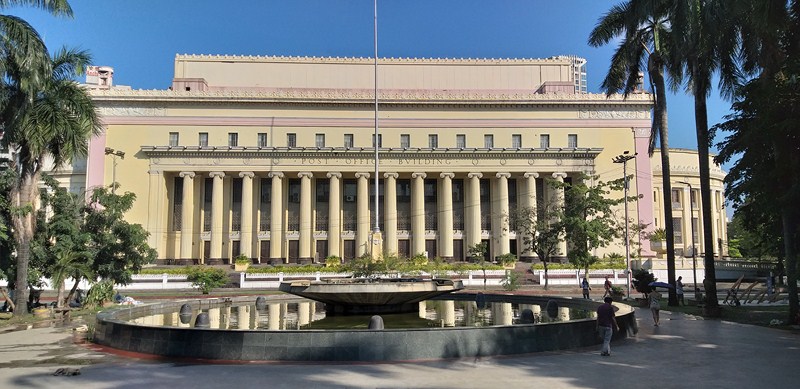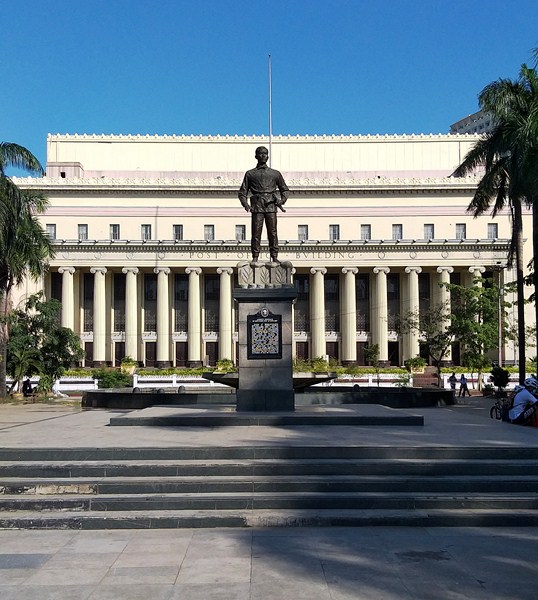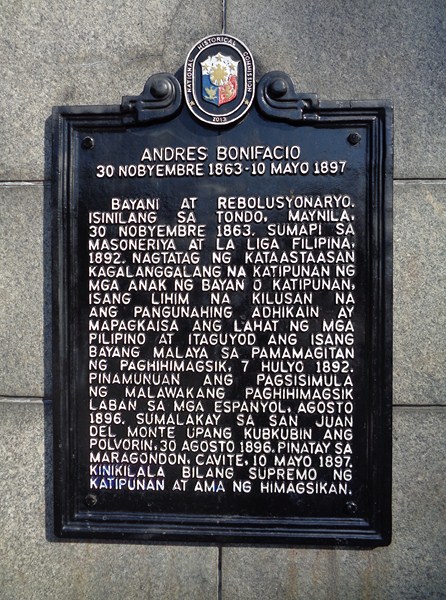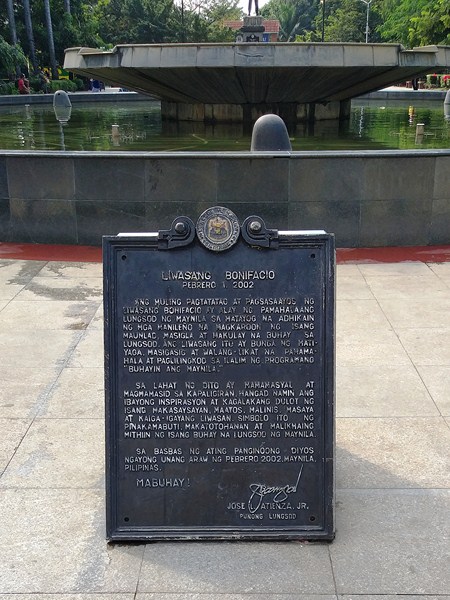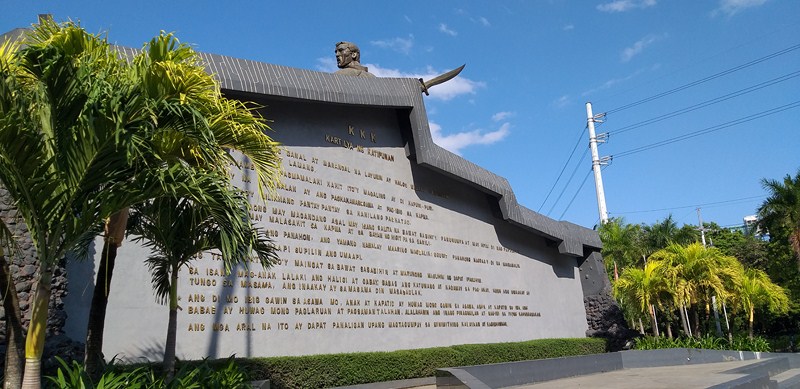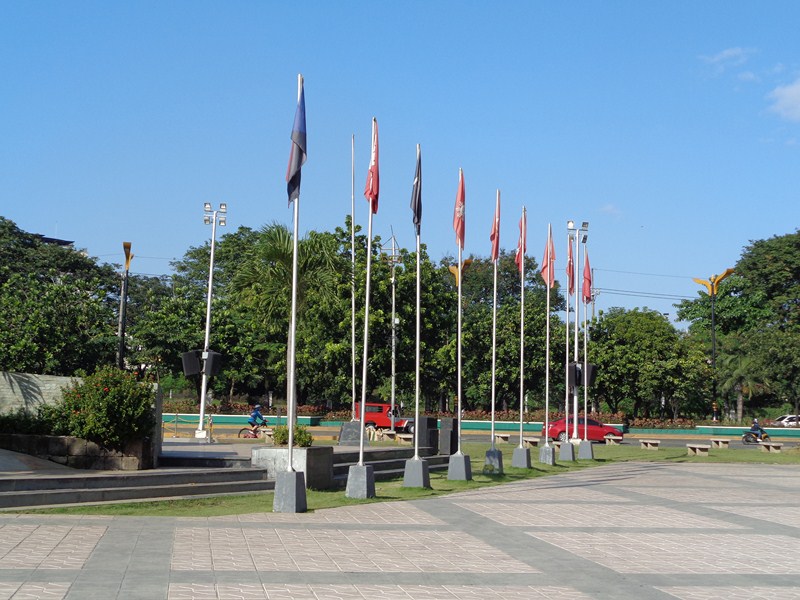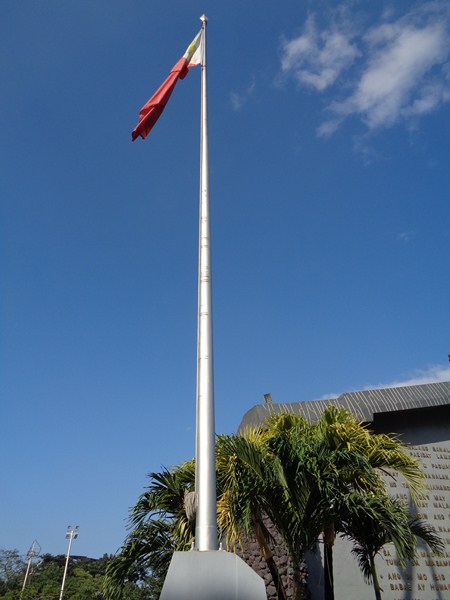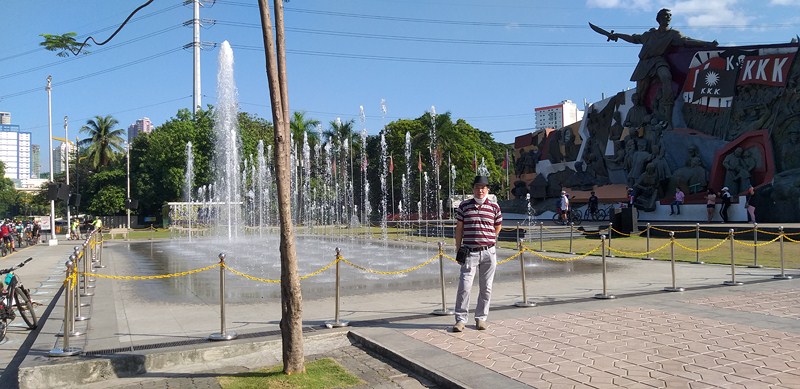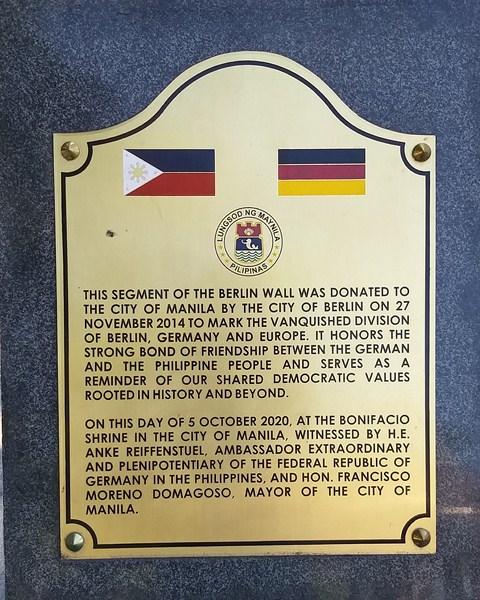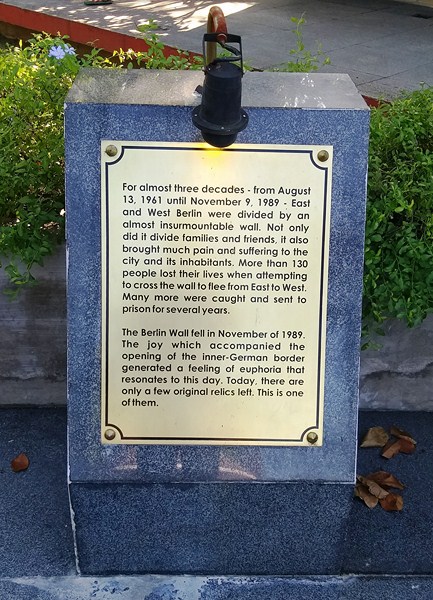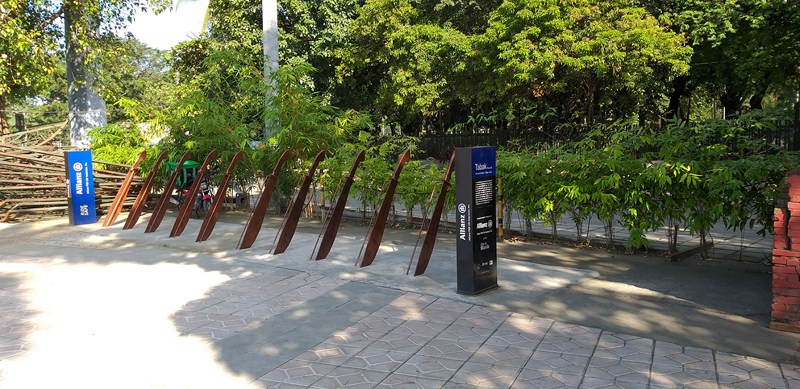Part of Scottish Highland Tour
From Fort Augustus, we all boarded our coach for the 256-km. (3.5-hour) drive back to Edinburgh. After 30 mins. (34.6 kms.), we made a stopover at the Commando Memorial, one of Scotland’s best-known monuments, both as a war memorial and as a tourist attraction offering views of Ben Nevis and Aonach Mòr.
Check out “Fort Augustus”
This Category A listed monument in Lochaber, Scotland, dedicated to the men of the original British Commando Forces raised during World War II, overlooks the training areas of the former Achnacarry Commando Training Depot established in 1942 at Achnacarry Castle.
Chosen because it is on the route from Spean Bridge railway station, arriving prospective Commandos would disembark, after a 14-hour journey, load their kit bags onto waiting trucks and then speed-march the 11 kms. (7 mi.) to the training centre in full kit with weapon, weighing a total of 16 kgs. (36 lbs.). Anyone not completing it within 60 minutes was immediately RTU’d (returned to unit).
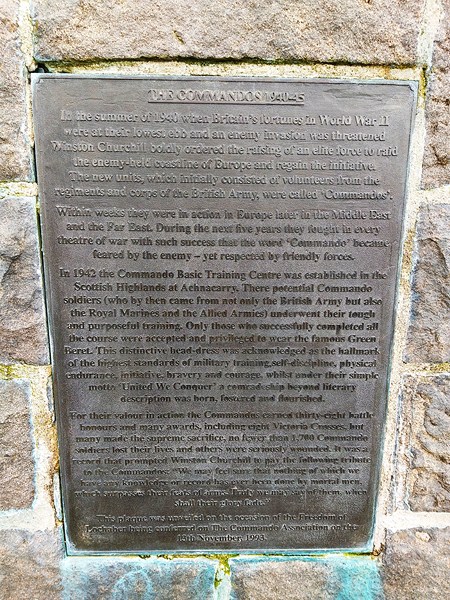
A plaque, added on November 18, 1993, to mark the Freedom of Lochaber being given to the Commando Association.
The memorial was used as site for memorial services, including the 60th anniversary of D-Day, and Remembrance Day ceremonies.
Here’s the historical timeline of the memorial:
- In 1949, the sculptor Scott Sutherland won a competition, open to all Scottish sculptors, for the commission of The Commando Memorial. Sutherland’s design won the first prize of £200. It was cast by H. Martyn & Co. of Cheltelham.
- On September 27, 1952, the monument was officially unveiled by the Queen Mother.
- On October 5, 1971, the monument was first designated as a listed
- On August 15, 1996, it was upgraded to a Category A listing.
- On March 27, 2010 a 3-km. (2 mi.) long war memorial path was opened connecting two local war memorials, the Commando Memorial, and the former High Bridge built by General Wade, where the first shots were fired in the Jacobite Rising of 1745 in the Highbridge Skirmish.
- On November 18, 1993 a further plaque was added, setting out the story of the Commandos for future generations, to mark the Freedom of Lochaber being given to the Commando Association.
Award-winning Scottish sculptor Scott Sutherland, born on May 15, 1910 in Wick, Highland, was schooled at Gray’s School of Art, the Edinburgh College of Art and the École des Beaux-Arts in Paris. After touring Europe and winning two out of the five open commissions offered for the Empire Exhibition, he served in the Army during World War II, working alongside commandos. In 1947, after the war, he took the post of Head of Sculpture at Duncan of Jordanstone’ College. In 1950, Sutherland was elected ARSA (Associate of the Royal Scottish Academy) and, in 1961, as Fellow of the Royal British Society of Sculptors (FRBS ). In 1975, he retired, and died nine years later, on October 10, 1984, in a hospital in Dundee. Sutherland also later created the Black Watch Memorial at Powrie Brae in Dundee, and the memorial to Air Chief Marshall Hugh Dowding, who was Air Officer Commanding, RAF Fighter Command, during the Battle of Britain, at his birthplace of Moffat.
The 5.2 m. (17 ft.) tall monument, variously described as a huge, striking and iconic statue, consists of a cast bronze sculpture of three Commandos, in characteristic dress (complete with cap comforter, webbing and rifle), standing atop a stone plinth looking south towards Ben Nevis. The soldier at the front is thought to depict Commando Jack Lewington who frequently attended Remembrance Services at the monument during his lifetime. One of the other two soldiers is Frank Nicholls (rank unknown). The other soldier is Regimental Sergeant Major Sidney Hewlett who originally served with the Welsh Guards. He was handpicked to be one of the founding NCOs of the commandos, and was also held in high regard and noted several times by Gen. Dwight D. Eisenhower. The base of the bronze statue is inscribed with the date of 1951.
Inscribed around the top of the stone plinth is “United we conquer” while the original plaque on the stone plinth reads: “In memory of the officers and men of the commandos who died in the Second World War 1939–1945. This country was their training ground.”
A Garden of Remembrance, which was subsequently added to the site, is used by many surviving World War II Commandos as the designated final resting place for their ashes. It has also been used as a place where many families have scattered ashes and erected tributes to loved ones who belonged to contemporary Commando units and who have died in more recent conflicts such as the Falklands War or in Afghanistan and Iraq.
Commando Memorial: Spean Bridge, Lochaber, Scottish Highlands, PH34 4EG, United Kingdom. Coordinates: 56°53′52.42″N 4°56′38.51″W.
How to Get There: the memorial is located approximately 1.5 kms. (1 mi.) northwest of Spean Bridge, at the junction of the A82 road and the B8004 road.


